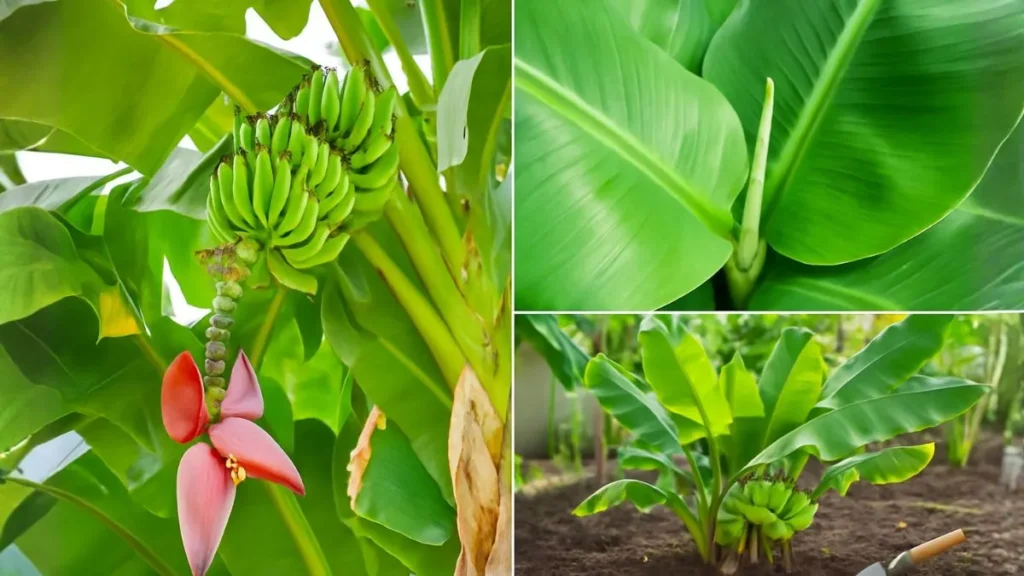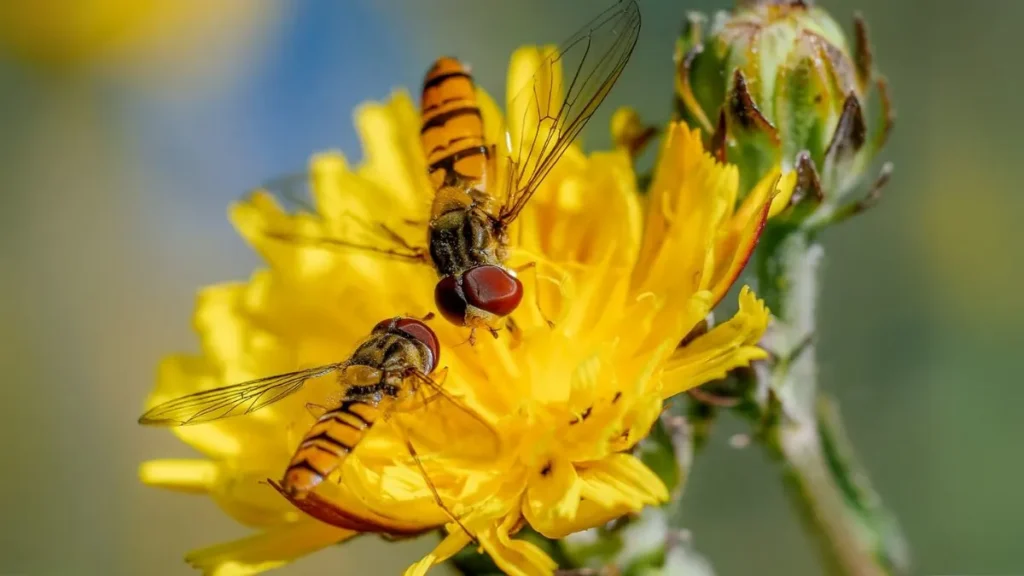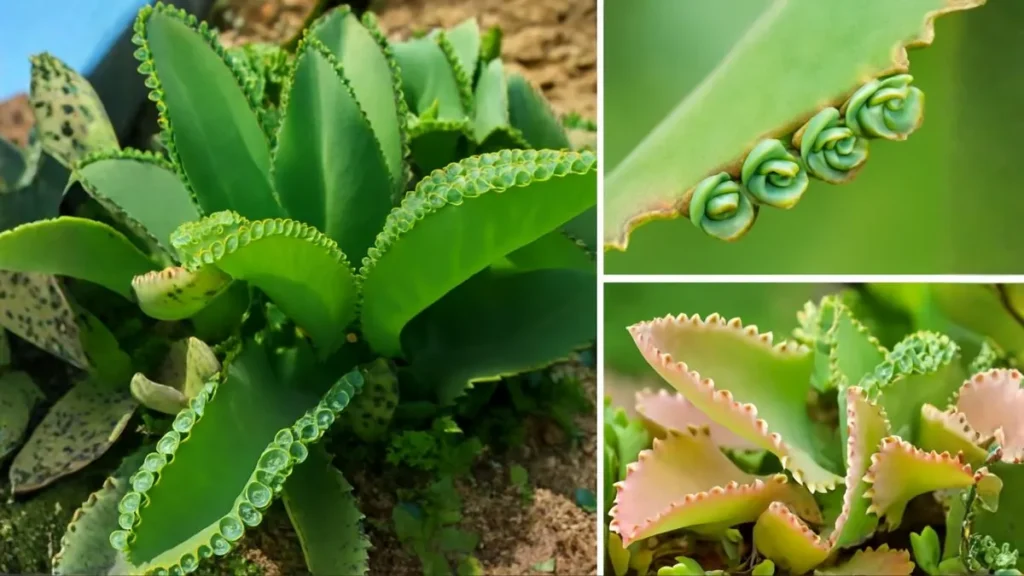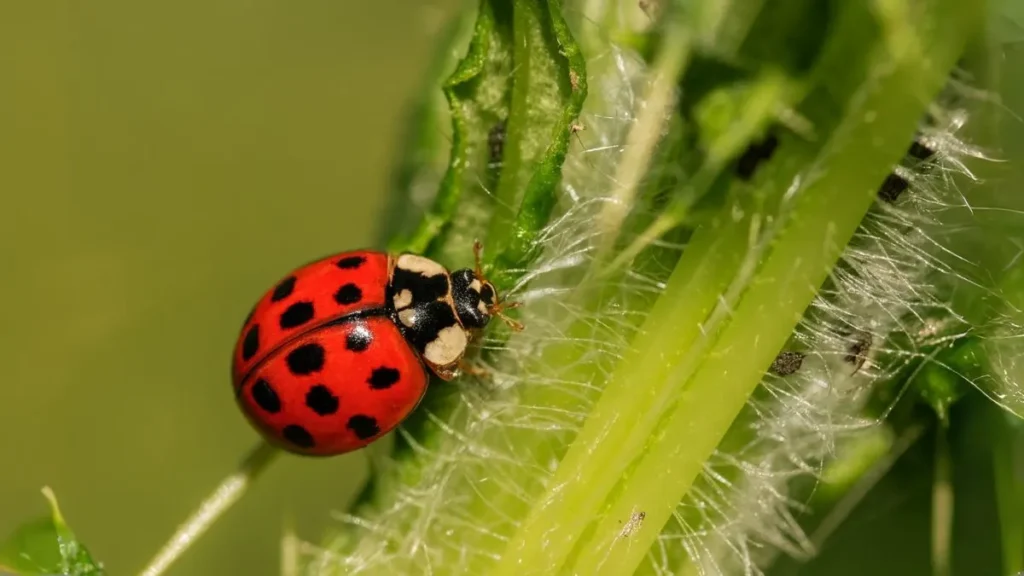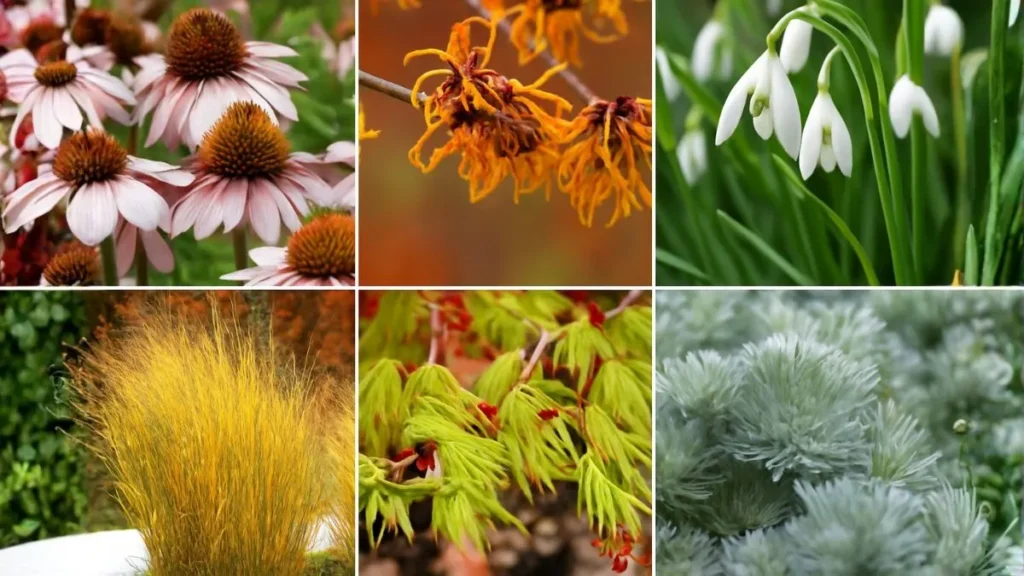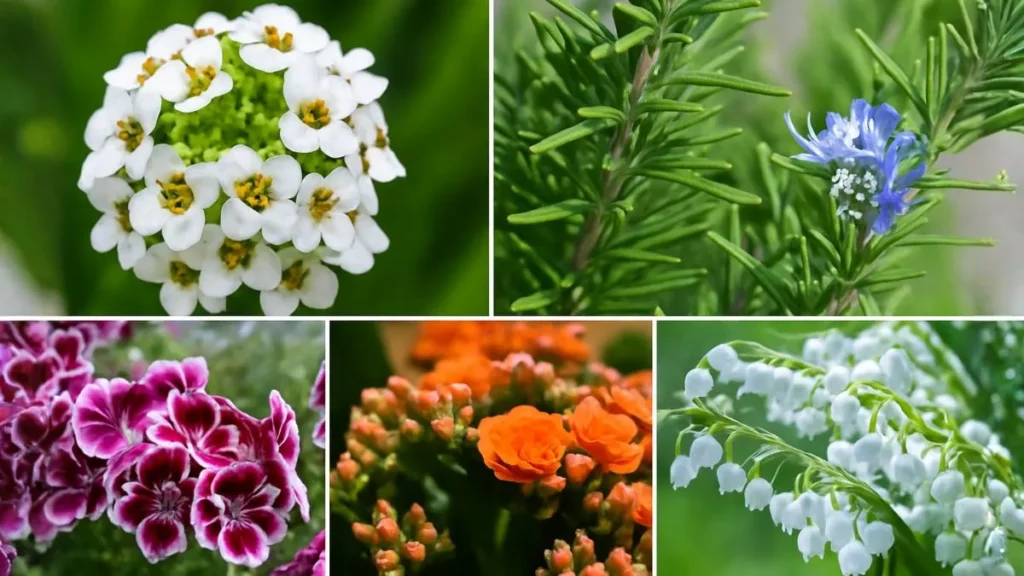Few plants give as much back as sunflowers. In community plots and backyard borders, they turn heads with luminous blooms, lure pollinators to the veggie patch, and feed birds through fall. Best of all, they’re straightforward and forgiving—perfect for a first garden and still thrilling for seasoned growers.
1. A Pollinator and Wildlife Magnet
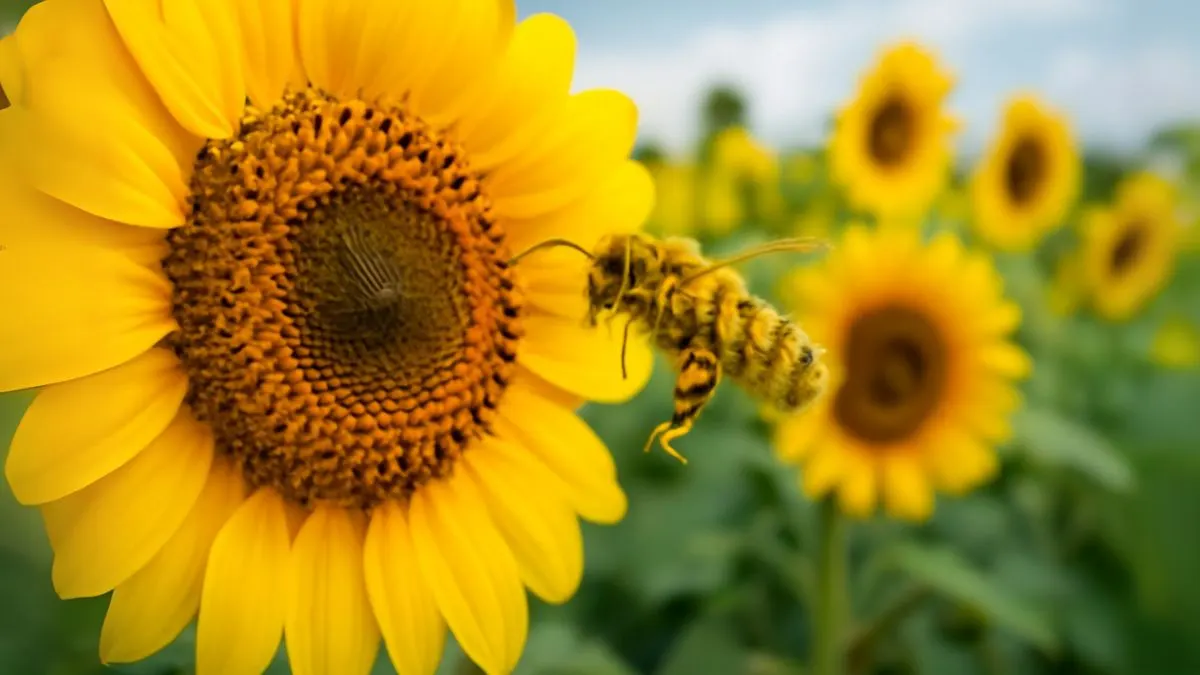
Sunflowers are famous for how effectively They attract pollinators like bees. Each composite head hosts hundreds of nectar‑ and pollen‑rich florets, keeping bees, butterflies, and hoverflies busy for weeks. More pollinators mean better fruit set in nearby crops, which translates to heftier tomato trusses, straighter cucumbers, and fuller bean pods. As petals fade, seedheads ripen into natural bird feeders, drawing finches, chickadees, and friends long after summer ends—proof that beauty and biodiversity can be the same thing.
2. Soil Champions: Tough, Adaptable—and Supportive of Cleanup
Sunflowers aren’t fussy. They are remarkably tough and will grow in any kind of soil so long as drainage is reasonable and the site gets full sun. From sandy beds to clay‑leaning patches, they root deeply, helping break minor compaction and improving soil structure over time. Gardeners also value their role in supportive soil care: They can heal the soil of toxins through phytoremediation practices that help draw down certain heavy metals. While not a substitute for professional remediation, sunflowers can be part of a thoughtful, long‑term approach to healthier urban soils.

3. Effortless Impact: Color, Structure, and Weeks of Bloom
A single row of sunflowers can transform a garden’s look and feel. Branching sunflowers are ideal for attracting birds, bees and butterflies because they deliver multiple blooms over an extended period, turning borders into living buffets. Colors range from classic yellow to bronze, copper, and deep red; the seedheads, even post‑bloom, add sculptural interest and texture for months.
Also Read: Dwarf Mallow – The Forgotten Healer in Your Backyard
4. Simple to Grow: From Seed to Sky
Sunflowers are easy once they pop. Direct‑sow after the last frost when soil hits 60°F+, planting 1–2in deep. Start a bit dense (6in apart), then thin to 12–15in for most garden types. Water lightly for the first 7–10 days to secure even germination, then shift to deep, occasional watering; increase during flowering and seed fill. To extend color and wildlife value, use succession planting—sow a small batch every two weeks through midsummer.
How Sunflowers Help the Whole Garden
- Natural pest balance: Nectar‑rich flowers attract beneficials like lady beetles, lacewings, and parasitic wasps, while seed‑eating birds help keep insect populations in check—organic pressure relief for the vegetable patch.
- Companion roles: Tall stems create gentle windbreaks and light shade for tender seedlings; deep roots encourage better water movement in the bed.
- Zero‑waste seed: Let a few big heads mature and dry, then hang them—instant winter feeders and a joy to watch.
Types and Best Uses
- Tall, single‑stem (e.g., “Mammoth” types): Giant statement blooms, big seedheads for roasting and birds. Stake in windy sites; space 12–24in. Great as cut flowers.
- Branching garden forms: Ongoing blooms for bees, butterflies, and birds; top choice for long displays and wildlife gardens.
- Dwarf/border types: Ideal for containers, front‑of‑border plantings, and sunny balconies; compact size and reliable flowering in full sun.
Planting and Care Essentials
- Sun & soil: Full sun (6+ hours) is non‑negotiable. While sunflowers tolerate a wide range, they thrive in well‑drained soils with pH ~6.0–7.5.
- Sowing: Direct‑sow post‑frost at 1–2in deep, 6in apart; thin to 12–15in. For continuous color and habitat, succession‑sow every two weeks until midsummer.
- Water: Keep evenly moist during germination; once established, water 1–2 times weekly if rain is scarce—add a little extra during bloom and seed fill.
- Wildlife‑first deadheading: Skip late‑season deadheading. Let heads mature and dry on the stalk; later, cut and hang a few by your feeders for winter.
Design Ideas That Work
- Layer for drama: Mix dwarf, branching, and tall single‑stem types to create tiers of color and structure.
- Plant in drifts: Soft, curved lines or triangular clusters stand up to wind and look natural.
- Edge smartly: Tall giants at the back, branchers in the middle, dwarfs up front—easy access for cutting and bird‑watching.
- Leave a legacy: Allow a couple of heads to shatter naturally; volunteers next spring are a welcome bonus.
A Border That Feeds and Protects
A 20ft run of branching sunflowers turned a mixed veg bed into a wildlife corridor. Bee traffic spiked—and with it, tomato and squash set. Lacewings and tiny wasps reduced aphid pressure on peppers, and goldfinches arrived like clockwork once seeds ripened. Even compacted spots produced sturdy plants, underscoring how adaptable sunflowers are across loam and clay. By fall, the garden felt more balanced—with fewer interventions and more life.
Also Read: Burdock Root: The Ancient Healing Remedy with Modern Benefits
When, Where, and Why—At a Glance
- Canada & Northern USA: Sow late spring after last frost; continue succession planting into midsummer. Long days and cooler nights heighten color; birds and pollinators benefit right into fall.
- Most of USA (Zones 4–9): Full sun, average well‑drained soils. Excellent along borders, for cut flowers, and as natural bird feeders.
- Temperate regions worldwide: Sow post‑frost in sunny, open sites. Low‑maintenance color plus significant pollinator value—ideal for community plots and home gardens.
Common Questions—Fast Answers
- Will they spread everywhere? They’re annuals. If you don’t want volunteers, harvest or compost heads before seeds drop.
- Do they drain nutrients? They’re moderate feeders. Rotate beds and add compost post‑season to refresh organic matter.
- Safe near veggies? Yes. Just position tall types to avoid shading sun‑hungry crops.
Make Sunflowers a Garden Must‑Have
Planting sunflowers pays dividends in every direction: pollinators, birds, pest balance, soil support, and sheer visual joy. Add branching types for season‑long nectar and seed, and let a couple of giants ripen to feed winter birds. It really is this simple: “They attract pollinators like bees,” enhance beauty, and thrive almost anywhere because “They are remarkably tough and will grow in any kind of soil.” Many gardeners also appreciate that “They can heal the soil of toxins” via “phytoremediation.” For wildlife value across weeks, remember that “Branching sunflowers are ideal for attracting birds, bees and butterflies.” They’re easy to grow once they germinate—so start “Planting sunflowers” after frost, “Direct‑sow,” use “succession planting,” and leave the final heads to ripen for the most charming cleanup crew of all: the birds.
